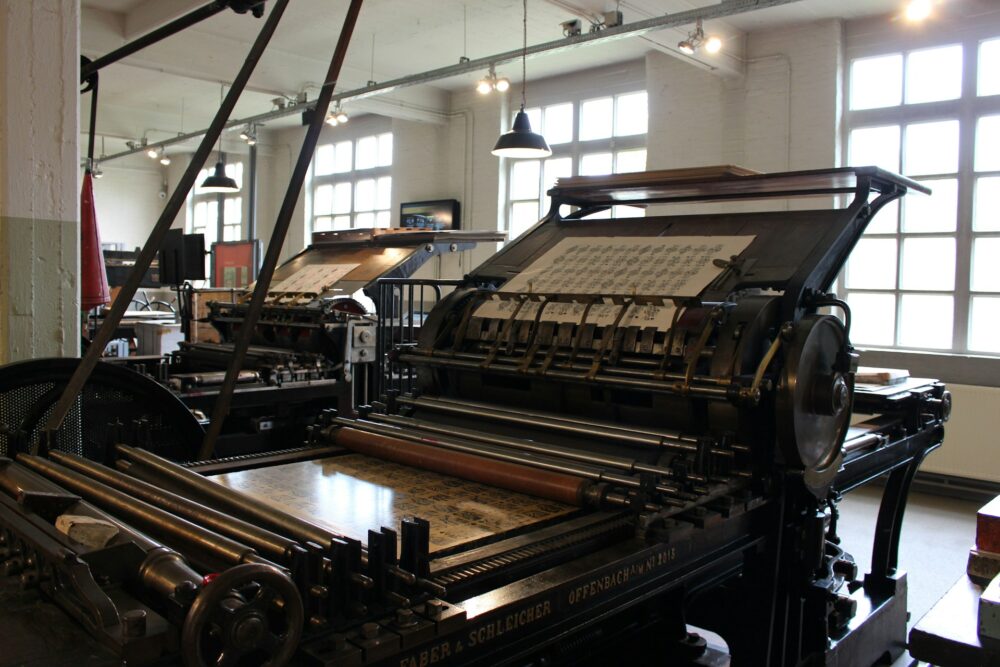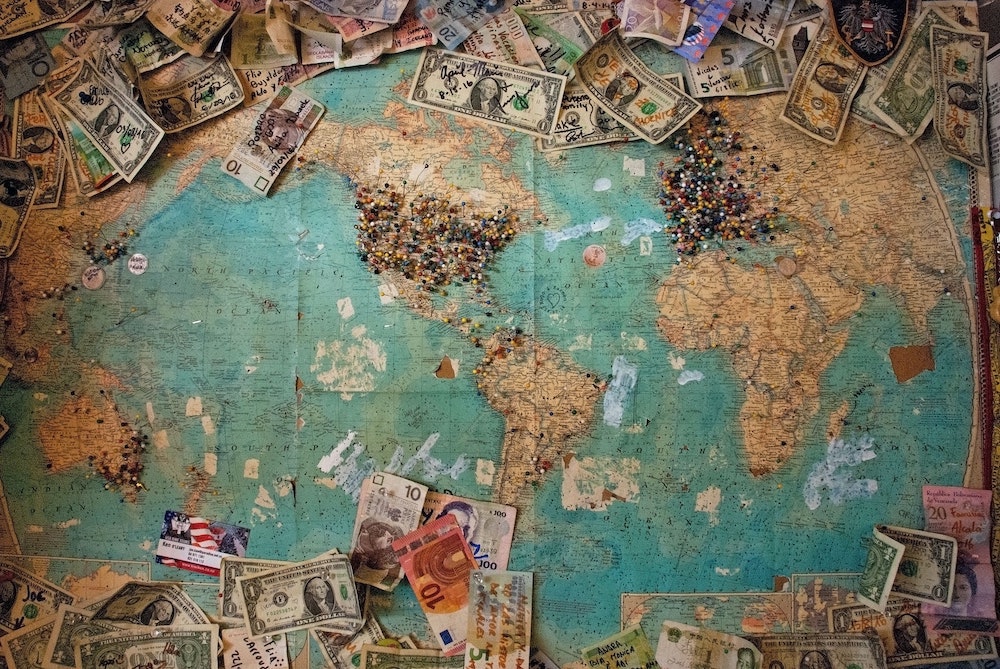Reinventing the Business of News
“What have the Romans ever done for us?”
Well, apart from the aqueducts, Reg, we can also thank the Romans for the news industry. While most of us like to trace the rise of modern media back to Gutenberg’s printing press of 1436, over a thousand years beforehand, the Romans were fetishising an interest in current affairs and news through the use of handwritten newsletters. By the 9th century the Chinese (who of course, also invented paper) had a tidy little postal system and books printed with movable block type.
Fast forward to the late Middle Ages, and trading families in continental Europe were using newsletters in the same way as the Romans had done, to share valuable shipping information, financial, political news and keep up with current affairs. In 1605, one of those very same families in Germany picked up on Gutenberg’s invention in order to bring the first formal newspaper into circulation. When the internet rocked up in 1983, it would do to the news industry what the printing press did to religion; decentralising control and transferring the power of publishing from the few to the many.
For decades, news in printed form was paid for, and therefore valued. However, with the arrival of digital publishing, programmatic advertising, user generated content and ubiquitous internet access the model inverted. The consumer became enmeshed in the product, measured in impressions and priced by their thousands, as CPM (cost per mille). The new model transformed the lowly advertiser into the only customer that really mattered. So how does an entire industry survive being turned painfully inside-out?
“Thinking outside of the box” is a phrase so overused that it has eaten itself. However, it asks that we allow our minds to be untethered by the way things have always worked. Some people can see the future. And they do so by understanding scarcity. In March 2021, the former CTO of Coinbase and general partner at Andreessen, Horowitz Balaji Srinivasan announced the launch of 1729.com, a newsletter that would, in effect, pay the reader to take part. A prolific exponent of technological innovation, Srinvasan is an example of someone who is fascinated by novelty and unbothered by disagreeability. First news was scarce and valuable, with audiences vast and available. Then, news was abundant and its value decreased. Now, audiences are fractured and scarce – models of the future are shaped to attract their attention in novel ways. 1729, with its crypto-incentives for qualified readers, takes its cue from the future, not from the past, despite the fact it’s modeled on a two thousand year old Roman newsletter.





